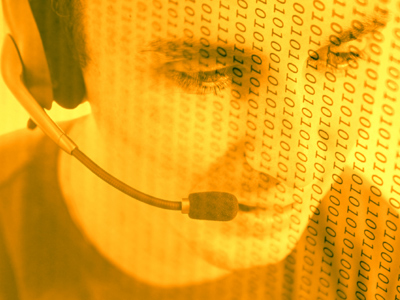

Data 01
See how much you know about data in this KS3 ICT quiz on the subject. Computers are designed to process data so it is important to understand what 'data' is and how it is different to 'information'. In general terms, it means the facts and statistics that are collected for analysis. When we talk about data in computers, it is slightly different. It can be defined as the numbers, letters and symbols that are stored, processed and transmitted by a computer. Data has no context in other words. £25 is an example of data but there is no indication of what it is. It could be cost of something, an amount of money that has been lost, how much money is in a piggy bank and so forth.
Storing data on a computer is done using binary code. Binary consists of only ones and zeros. It can be stored in different places on a computer - its built-in memory or a hard disk for example, or it could be stored off the computer on a memory stick (flash drive) or other device. Data is entered into a computer using an input device. Some input devices are automatic like a light sensor or a barcode reader. Others are manual, like a keyboard, touch screen or mouse.
Ready for more?
not all...
quizzers. Try to win a coveted spot on our Hall of Fame Page.






